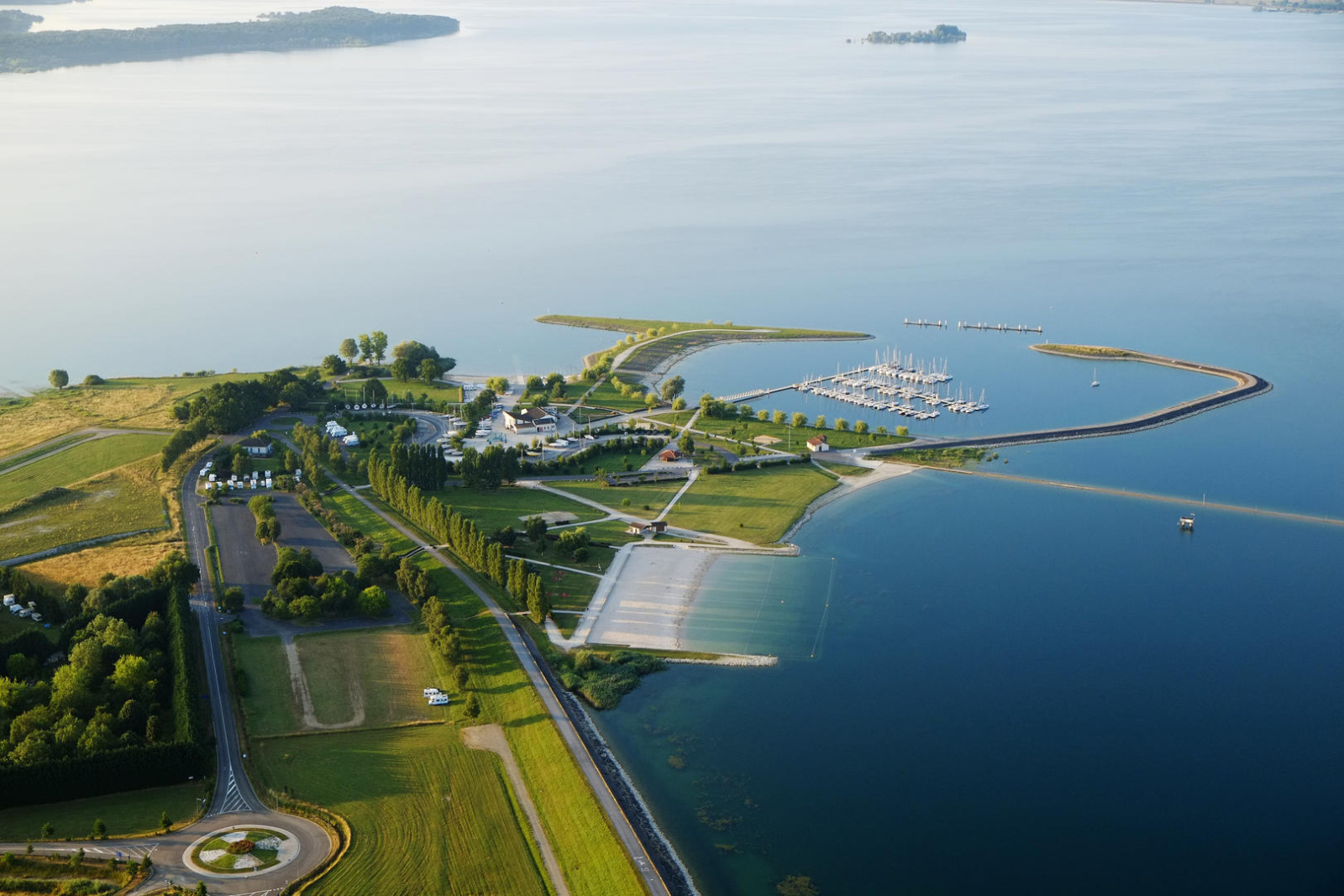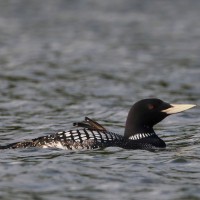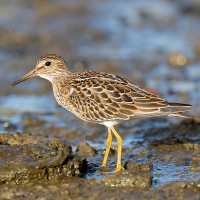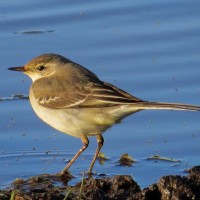Opis
Port de Nuisement et Bassin Nord consists of a large basin (separated from Lac du Der by a long dyke), a port harbour facing the lake and a nearby island. Both the basin and the lake are home to all sorts of species of waterfowl, waders and various birds, both common and rare birds like biegus arktyczny and nur białodzioby.
_________________________
Français: Séparé du lac par une digue, le Bassin nord est un superbe lieu pour l'observation d'espèces d'anatidés (et d'oiseaux d'eau en général). Le site se compose d'un grand bassin (séparé du lac par une longue digue), d'un havre portuaire faisant face au lac et à un ilôt proche. Le bassin comme le lac accueillent toutes sortes d'espèces d'anatidés de plongeons, de limicoles et d'oiseaux divers, aussi bien communs que rares.
Szczegóły
Dostęp
The car park is located at the port of Nuisement. Click on the P in the map for directions. The wind can be strong, so make sure you have warm clothes on hand.
_________________________
Français: En voiture. Le parking se situe au niveau du port de Nuisement. Cliquez sur le P sur la carte pour les directions. Penser à se couvrir, le vent pouvant être fort.




